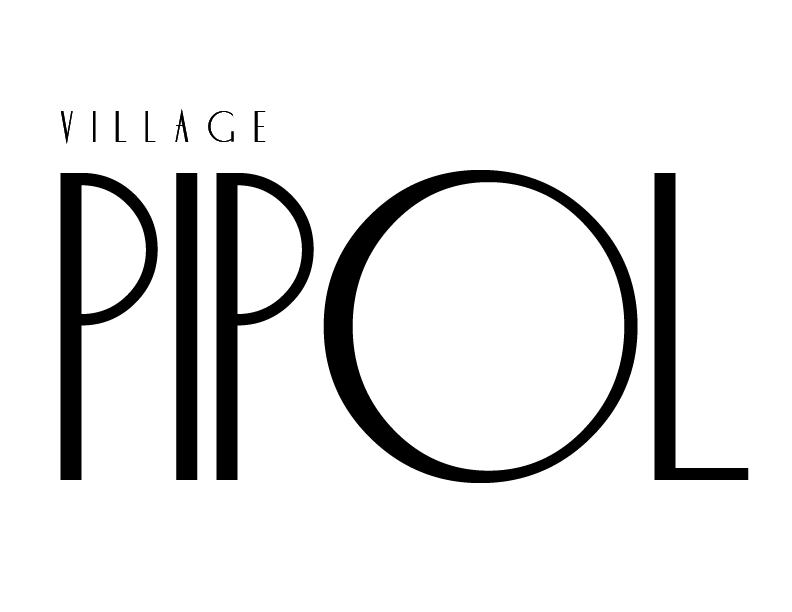Vaccine Hesitancy Among Filipino People

The Corona Virus outbreak has alarmed Filipinos as well as the rest of the world.
The discovery of vaccines and cures was uncertain and people have been waiting for them as the pandemic progressed.
Fortunately, the World Health Organization and its partners were persistent in their efforts to produce vaccines against the virus.
Vaccines in the Philippines
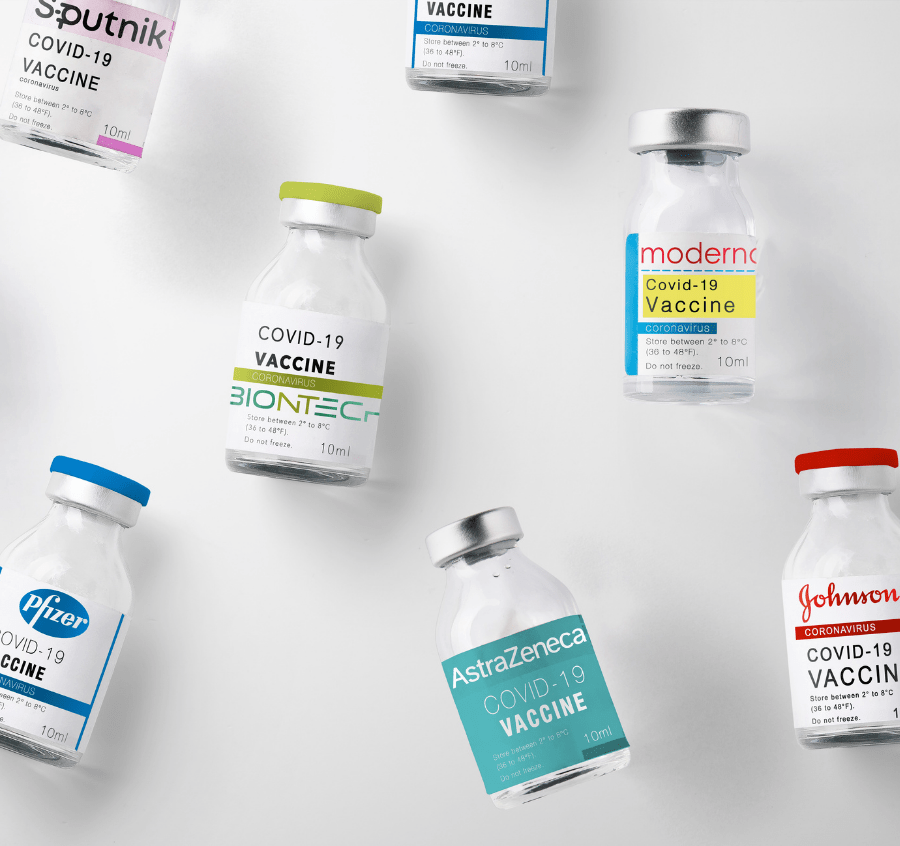
Pfizer-BioNTech COVID-19 Vaccine was first in the race after months of continuous efforts.
It has been available under Emergency Use Authorization (EUA) on individuals 16 and above since December 11, 2020,
On August 23, 2021, the U.S. FDA finally approved its widespread distribution and use.
Other vaccines were eventually made readily available such as AstraZeneca, Johnson & Johnson’s Janssen, Moderna, Sinopharm, and Sinovac.
These were all distributed across the country.
On September 24, 2021 — a total of 43,464,197 doses were administered.
According to the Philippine News Agency, the turnout was not as great as the government desired at the time.
It’s due to vaccine hesitancy still being a problem particularly among the elderly in both remote and densely populated areas.
Understanding the Public’s Vaccine Hesitancy
People have been waiting for vaccines for a long time, yet vaccine hesitancy remains a problem.
An article authored by Dalmacito A Cordero claims this is due to conflicting information about the vaccinations’ efficacy.
This also stems from the DengVaxia controversy in 2016, which contributed to vaccination phobia among the public.
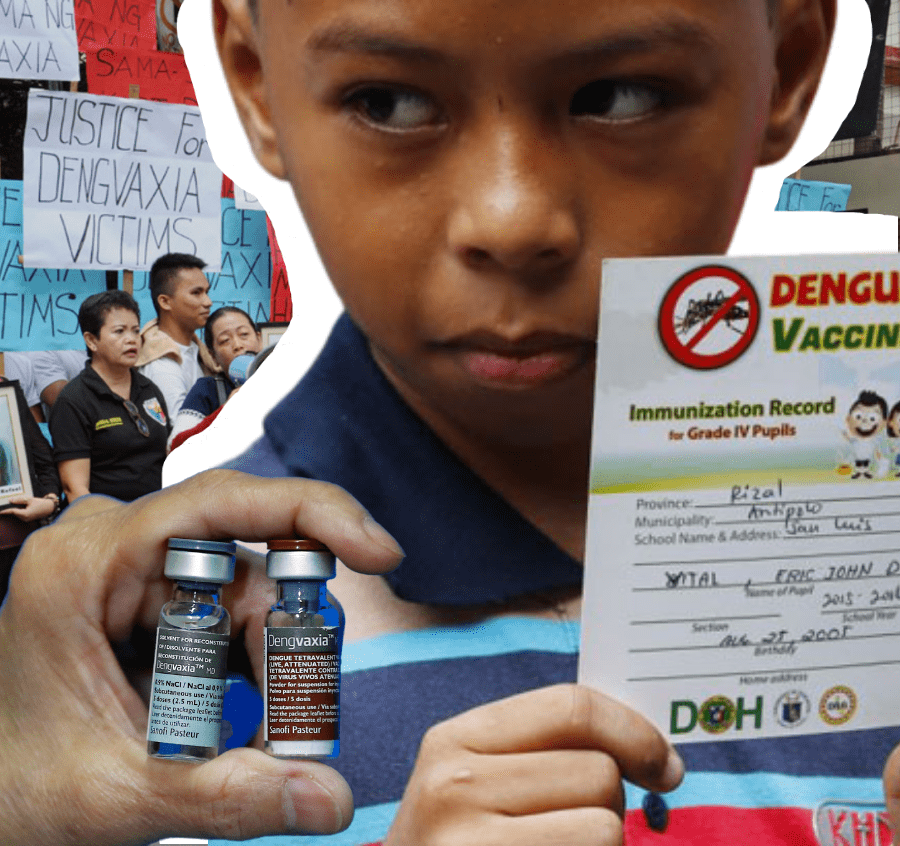
“I think this controversy sort of ran in a protracted nature,” Dr. Madeline Ong stated in an article by The World.
“It wasn’t a one-week or a month event. We were hearing about DengVaxia for a really long time,” Ong continues.
‘Public not hesitant but rather traumatized’
In the same article, Dr. Joshua San Pedro stated that the public is not hesitant but rather traumatized.
It’s because the government’s response to the pandemic not only gets a failing mark, but their vaccine approach has also been confusing and contradictory at times.
President Duterte, for instance, received a China-made Sinopharm vaccine on May 3.
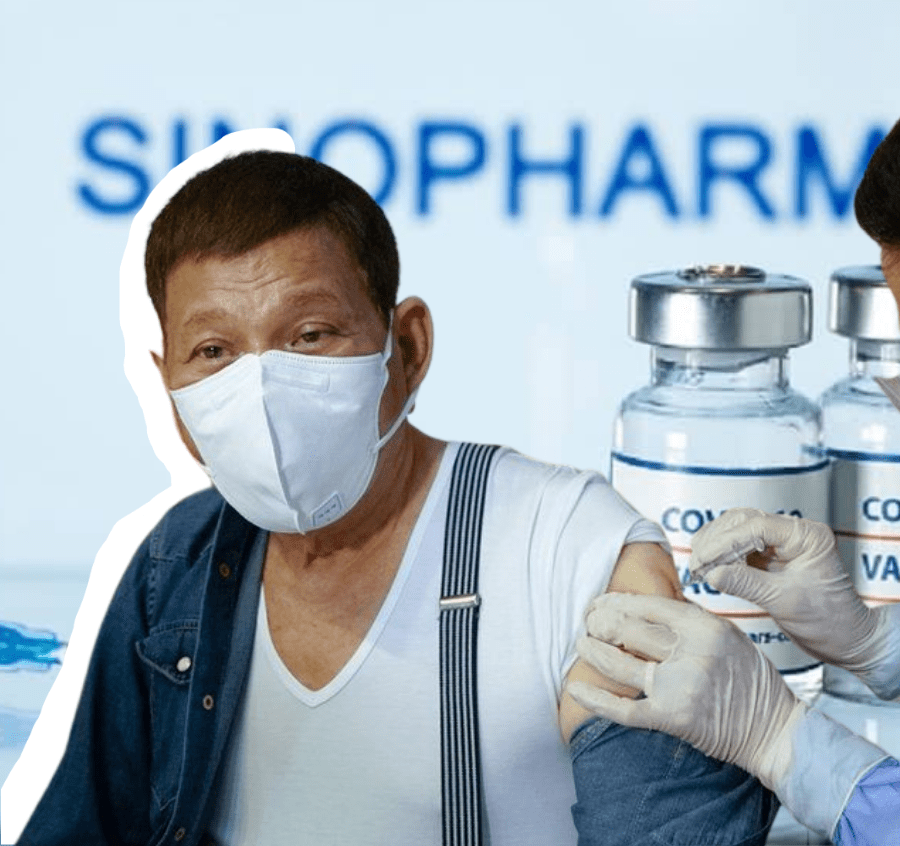
The Philippine FDA had not yet issued an emergency use authorization for Sinopharm when he got the dose.
This, in addition to other issues and factors, is enough to confuse the common people.
Myths versus Vaccine
Myths have already surfaced everywhere from the standpoint of people since the beginning of the pandemic.
Among these are that COVID-19’s major aim is to cause mass hysteria and that the virus is a “rich man’s disease.”
But, if you think that’s where it ends, you’re wrong. Since the vaccinations’ rollout, there have been more of them.
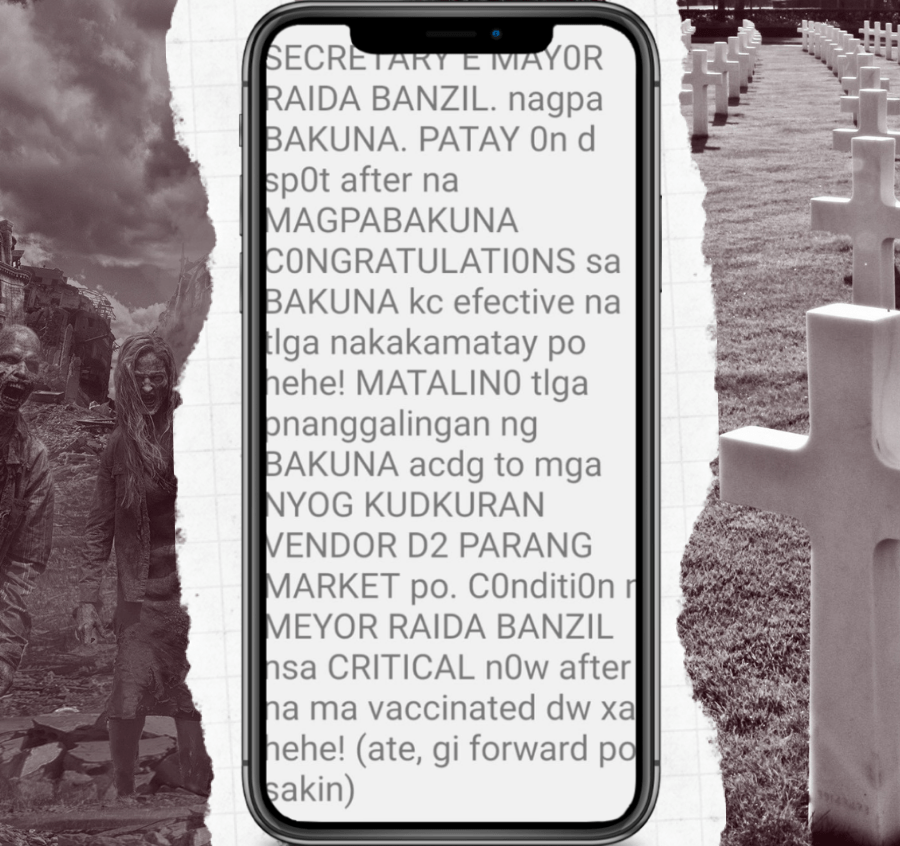
“Hindi ako magpapaturok ng vaccine,” Maria*, a senior citizen, explained.
“Ang sabi sabi ay kapag nagpa vaccinate ka, magkakataning na ang buhay mo (ng dalawang taon),” she continues.
There were also speculations that link it to a zombie outbreak.
These kinds of vaccine myths just make it very difficult to immunize everyone against the virus.
Addressing the Vaccine Hesitancy
In the Philippines, the World Bank conducted High-Frequency Monitoring (HFM) Surveys.
It’s to examine the underlying factors and identify possibly effective interventions for increasing vaccine acceptability.
Their analysis revealed that highlighting the personal and social benefits of vaccination has a significant impact on lowering vaccine hesitancy
(ex: respondents were asked to think about events or occasions that they missed due to COVID-19; respondents were asked to select Filipino celebrities who could make vaccine endorsements, etc.)
This has helped increase vaccine acceptance by about 15%.
This simply goes to show how effective positive campaigning and information dissemination can be in addressing this issue.
Vaccines and Positive Reinforcement
As a result, the government, notably the office of Vice President Leni Robredo, is taking the necessary steps to advocate higher vaccination among the general public.
“Sana mas positive reinforcement, hindi ‘yung takot na huhulihin ka kung hindi ka magpabakuna,” says Vice President Leni Robredo.
Punitive reinforcement, according to the VP, is not the way to go, but offering incentives is ideal in these circumstances.
“Hindi krimen, hindi krimen ‘yung [hindi] magpabakuna. Pero babalik ako doon sa dati kong paniniwala na kailangan nagbibigay tayo ng incentive para magpabakuna ‘yung mga tao,” Robredo said.
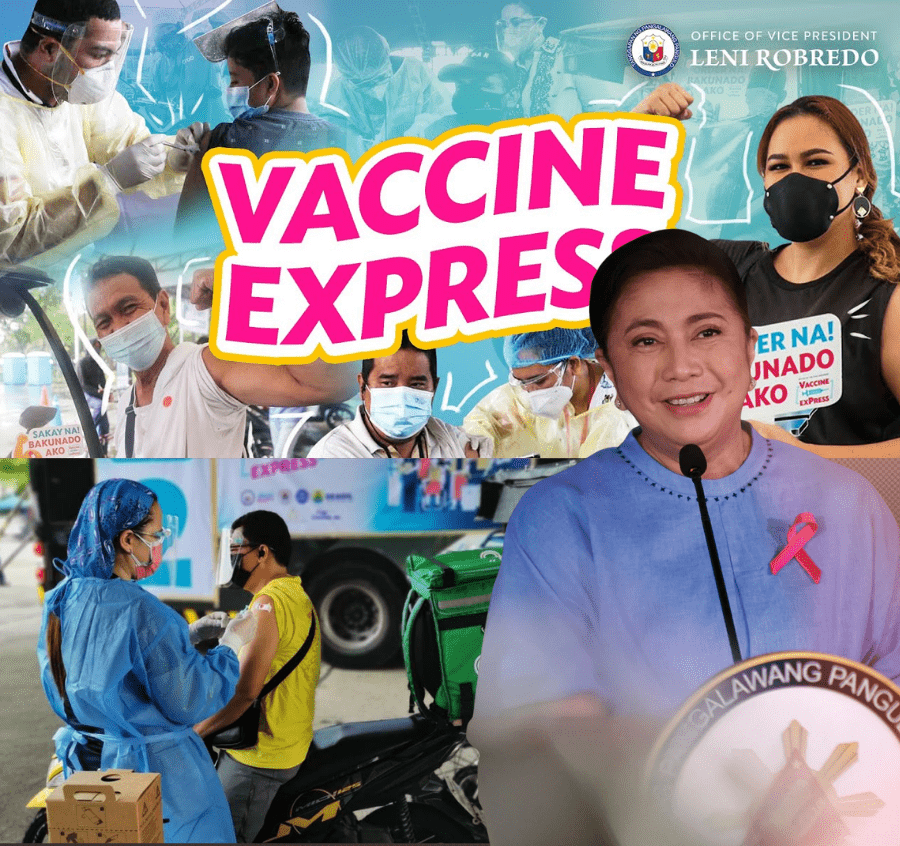
The VP’s office offers incentives like P500 fuel subsidies, groceries, rice, face masks, and other goods.
All of these, in exchange for receiving COVID 19 shots among public transit and delivery drivers.
This is in contrast to the President’s demand in July 2021; arrest unvaccinated people who refuse to leave their houses.
The Country’s Current Vaccine Situation
Now, news stories in various news outlets report that vaccine hesitancy is decreasing.
According to a Philstar study issued on January 21, 2022, vaccine skepticism has decreased in all areas.
- Metro Manila: 7% to 4%
- Luzon: 15% to 8%
- Visayas: 24% to 15%
- Mindanao: 25% to 8%
As of February 27, 2022, around 63.09 million people were already fully vaccinated from the COVID-19 virus in the Philippines
Statista Research Department
This is a significant improvement over last year’s figure of 6.2 percent.
The Philippines is still a long way from reaching herd immunity.
However, a decrease in vaccine hesitancy and an increase in vaccination rates are promising signs.
With that, the country is hopeful about overcoming this pandemic.
Joy Rencel loves writing feature stories about almost everything. She is on a quest to discover about life and how she can share it with the rest of the world through writing. She also enjoys her alone time, where she can catch up on her favorite series or simply obsess over interior design.

